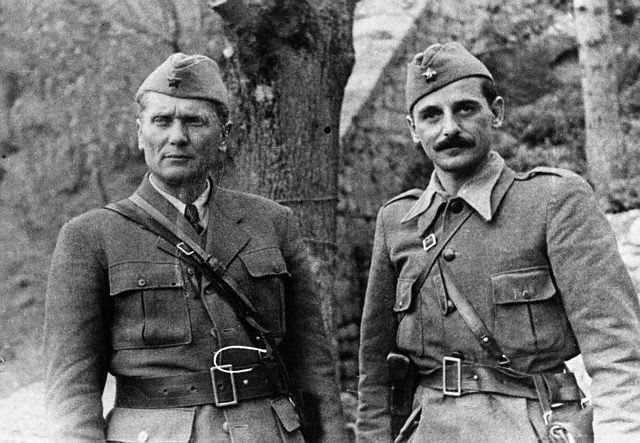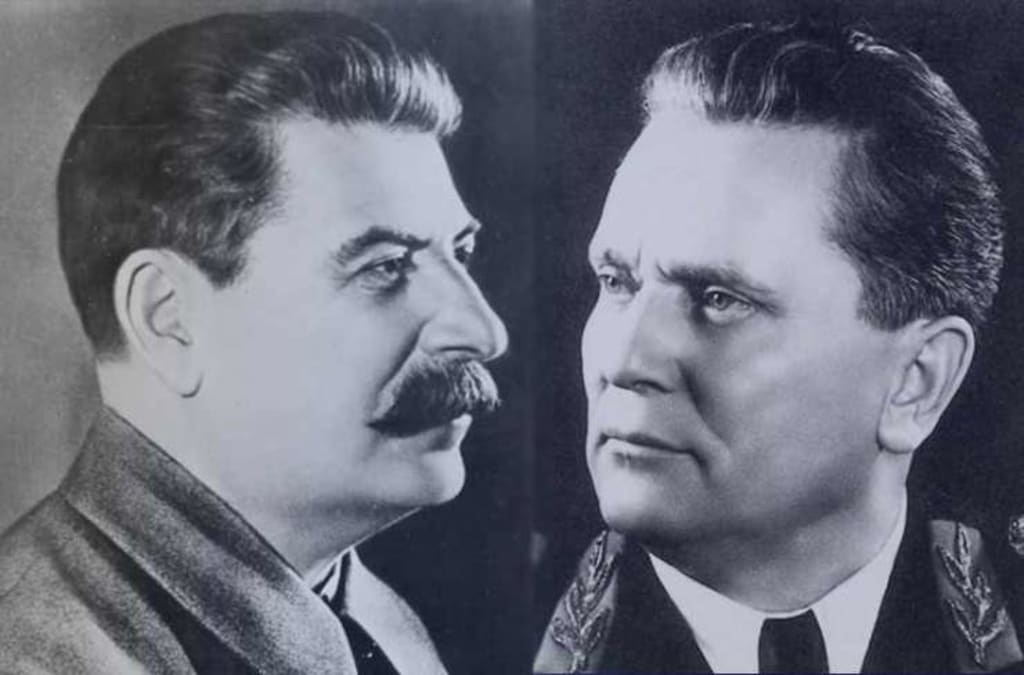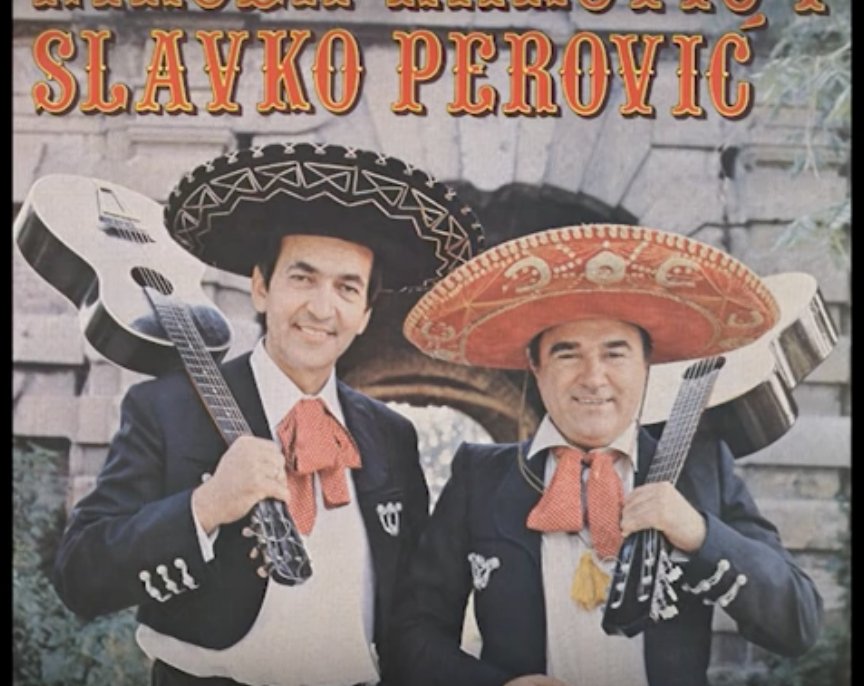It’s no secret that we at YPT are somewhat enamoured with everything communist and Soviet, but one does not always necessarily imply the other – from Red China to North Korea and Cuba, some communist countries did not fall under the Soviet aegis and went their own way.
The former Yugoslavia was no exception to this, being a communist country but not a Soviet one. This was despite the wishes of Soviet strongman Papa Joe Stalin, who usually got what he wanted. So what – or who – stood in his way and kept Yugoslavia independent?
Ladies and gentlemen, we present the redoubtable Josip Broz Tito.
Tito: the Hollywood years
Born in then-Austria-Hungary to a Croatian father and a Slovene mother, Tito distinguished himself early in life as a daring and bold soldier during WWI. Stationed on the Russian front, Tito was an exceptional soldier who routinely undertook daring missions behind enemy lines.
Tito was also a socialist from an early age, participating in labour movements and general strikes.
During WWI Tito was wounded and captured by the Russians. During his convalescence, he learnt fluent Russian with the aid of two Russian schoolgirls. He also escaped a bunch of times, only to be recaptured.
Russian wasn’t the only thing Tito picked up during his time in captivity – he also caught a hefty dose of pro-communist sentiment. It was from this seed that communist Yugoslavia would grow.
World War II partisanship

General Koča Popović, Yugoslavia, 1943.
With the outbreak of war in Eastern Europe and the prospect of the Nazi jackboot on Yugoslav necks, Tito organised what has been described as “the most effective partisan movement against Nazi occupation in Europe”. All major Allied powers recognised Tito as the head of the Partisans, and supply drops were regularly made in Yugoslavia. Tito also distinguished himself by his refusal to engage in any kind of summary justice – prisoners were not executed under his command – and he was instrumental in helping Jews flee the Nazi war machine.
Tito-Stalin split

Tito had become increasingly disillusioned with the USSR over the years, claiming that he had seen a “great many injustices” behind the Iron Curtain. This ultimately led to a complete split with Stalin, who did not take it well.
Stalin sent assassin after assassin after Tito, who thwarted all attempts on his life. Tito eventually wrote a letter to Stalin that was pretty damn badass:
“Stop sending people to kill me. We’ve already captured five of them, one of them with a bomb and another with a rifle. […] If you don’t stop sending killers, I’ll send one to Moscow, and I won’t have to send a second.”
Stalin, presumably awed by the total lack of shits on display, backed off and contented himself with terrorising so-called “Titoists” in the USSR.
Tito shrewdly found a way to refrain from becoming embroiled in the Cold War, finding a “third way” between capitalist West and communist East. In 1961, he founded – and became chairman of – the Non-Aligned Movement, which declared neutrality in the conflict between Washington and Moscow.
1950s and beyond: glasnost before glasnost
For a communist dictator, Tito was somewhat laid back. Yugoslavians were frequently permitted to travel to Western Europe, and as a result the country was much more open and relaxed than its Soviet brethren. In 1967 the country fully opened its borders to foreign tourists and abolished visa requirements.
As a bizarre aside, Mexican culture became extremely popular in the 1950s-60s. Tito didn’t want American films being shown in the country, as it would showcase the higher standard of living there, and so Mexican films became the import of choice. Yugoslavians would frequently wear sombreros and sing Mexican songs in Serbo-Croat.

Later years and death
Tito was later elected president for life – a position that, unsurprisingly, he occupied until his death in 1980. A legendarily stubborn man, Tito refused to have his leg amputated after developing circulatory problems, threatening suicide if the offending limb was removed.
He eventually capitulated after his sons intervened, but it was too late – gangrene had set in. He died three days short of his 88th birthday in Ljubljana.

Tito is largely remembered positively, but it’s worth remembering that a ‘benevolent dictator’ is still a dictator, and he was responsible for numerous human rights violations during his reign – largely targeted at Stalinists and those who openly opposed him.
That said, he was undeniably the lynchpin of Yugoslavia, and his death heralded the rapid unravelling of the union and the horrendous atrocities that took place in the 1990s. It’s hard to imagine the massacres and ethnic cleansing campaigns that characterised the region in the 90s had Tito still had his hand on the reins.
Tito’s mausoleum is located in Belgrade, and whilst not quite as reverent and ordered as the Palace of the Sun in North Korea, is nevertheless still regarded as a sacred place to many former Yugoslavians.
Visit Tito’s mausoleum – and the many, many statues of him – on our Ultimate Yugoslavia and Balkan Badlands tours!





